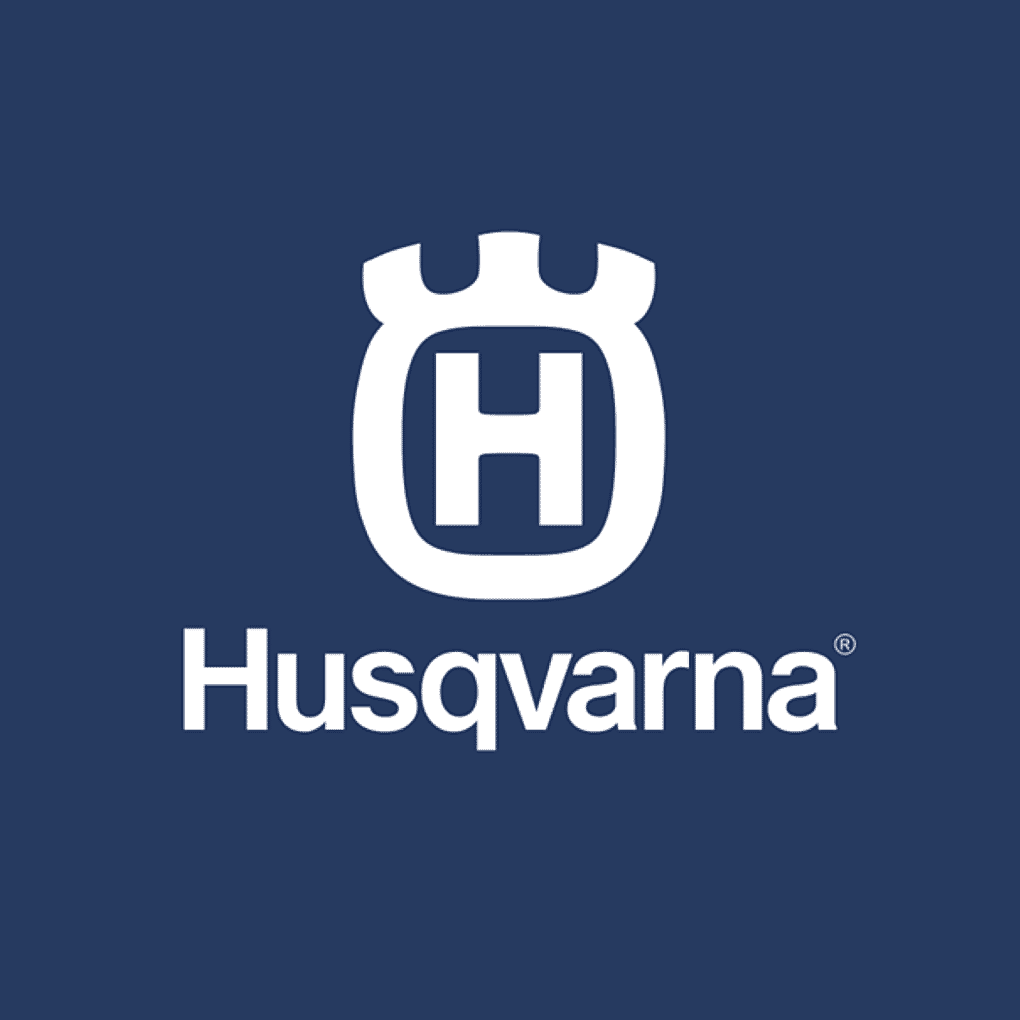Blog
How to Maintain Healthy Turf While Saving Water
A Real-World Success Story from Prescott Valley
Maintaining lush, vibrant turfgrass in dry climates isn’t easy — especially when you’re responsible for hundreds of acres of public parks and open spaces. Across the western United States, municipalities and property managers are facing a growing challenge: how to maintain healthy and green landscapes while using less water, staying efficient, and working within limited budgets.
The Town of Prescott Valley, Arizona, faced this exact dilemma. With high winds, limited rainfall, and tight staffing, the Parks & Recreation Department needed to rethink how it managed its turf without sacrificing quality or overextending its water usage.
This is the story of how Prescott Valley made the leap from traditional irrigation to smart irrigation — and how it saved over 5 million gallons of water in the process.
The Turf Management Challenge in a Desert Climate
Prescott Valley maintains nearly 350 acres of parks and open spaces, including 45 acres of irrigated turf spread across 18 separate locations. These are not just athletic fields and grassy knolls — they’re essential community assets where families gather, children play, and residents enjoy green space in an otherwise arid environment.
However, as the region’s climate has become increasingly dry, the task of maintaining healthy turf has become more complicated and expensive. Wind and evaporation strip moisture from the soil faster than irrigation systems can replenish it, and the lack of rainfall means there is little natural relief.
Before implementing innovative technology, the Town’s irrigation system had no weather-based programming. If it rained over the weekend or during off-hours, the sprinklers continued to run — wasting water, time, and money. There was no way to adjust schedules automatically, and staff often had to drive to each site manually to make changes or shut off watering. For a town managing nearly 20 sites, this was both inefficient and unsustainable.
Finding the Right Smart Solution
That’s when Nick Groblewski, Parks Supervisor for Prescott Valley, began researching centralized control systems. What he found was ETwater, a web-based smart irrigation platform that integrates real-time weather data, evapotranspiration (ET) calculations, and remote system management.
“I began researching central control systems and was quickly directed toward ETwater,” Groblewski said. “The web-based feature mixed with weather and ET-based programming was exactly what we were looking for.”
ETwater offered what the Town needed: automatic weather adjustment, zone-level control, remote access, and actionable reporting. Even better, the system could scale — starting with a few parks and expanding town-wide as results and budgets allowed.
To help fund the first phase, the Town applied for and received a $21,000 grant from the U.S. Bureau of Reclamation. This grant helped cover the cost of equipment and installation at seven park sites, covering 30 acres of turf. The Town contributed labor and materials to complete the setup.
The Results: Saving Water, Saving Money, and Staying Green
The results were impressive — even in the first year.
In just one season, Prescott Valley:
- Reduced total water use by 15%
- Saved more than 5 million gallons of water
- Lowered their water bill by $18,000
- Achieved a 75% return on investment in the first year alone
These figures validated the Town’s approach and opened the door to scale the solution further. Based on the program’s success, the U.S. Bureau of Reclamation provided an additional $21,000 grant in year two to expand ETwater to more sites.
“It’s operating exactly as expected,” said Jason Elmer, Parks and Recreation Manager for Prescott Valley. “Electronically controlled smart irrigation technology, combined with direct oversight from a knowledgeable supervisor like Nick, is the most efficient method of applying water to our green spaces. At this rate, we’ll have recouped our investment in the first year — and the savings will continue for years to come.”
The Benefits of Smart Irrigation in Municipal Settings
The shift to ETwater delivered benefits far beyond just cost savings. The team now enjoys greater control, accountability, and peace of mind — especially during the hot summer months when every drop counts.
✅ Key Benefits:
- Consistent, healthier turf across all sites
- Remote control via smartphone or computer, eliminating the need to drive to 18 locations
- Automatic weather adjustments, including rain skips without the need for rain sensors
- Digital alerts and system status updates, helping staff catch issues early
- Eligibility for rebates and grants, reducing total cost of ownership
- Fewer maintenance visits, saving on fuel, labor, and emissions
Looking Ahead
With all 18 of its irrigation sites now online with ETwater, Prescott Valley is fully committed to smart irrigation. The Parks team continues to monitor results, fine-tune schedules, and apply lessons learned to make each season even more efficient than the last.
“We were pleased that we could maintain the same quality of turf and save over 5 million gallons of water in just the first year,” said Groblewski. “We now have every site online with ETwater, and we’re looking forward to the future results.”
Final Thought: What Other Municipalities Can Learn
Prescott Valley’s success serves as a blueprint for towns and cities across the country seeking to conserve water without compromising green space. With smart irrigation, it’s no longer a trade-off between beauty and sustainability — you can have both.
Whether you manage one park or a network of city greenspaces, the lesson is the same: You can maintain healthy turf and save water — if you give your system the tools to do it.

